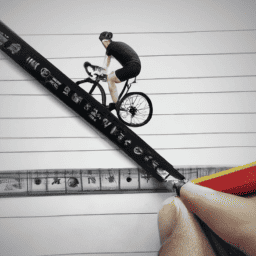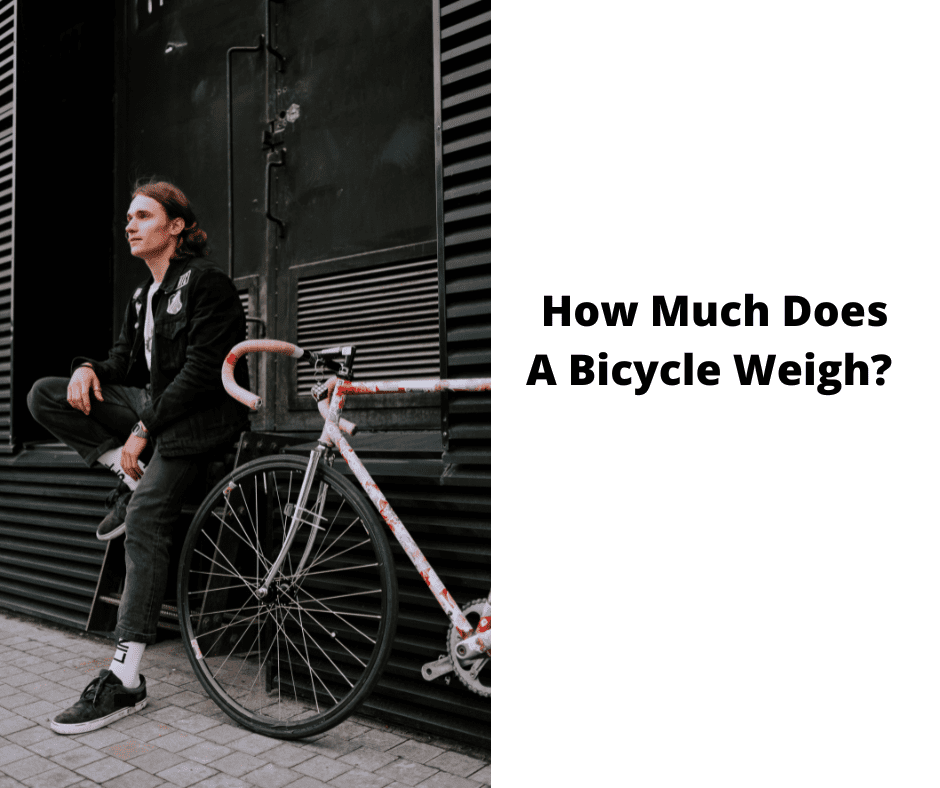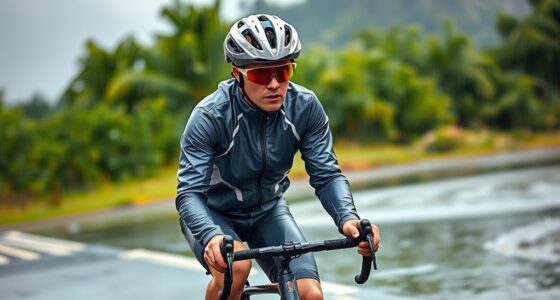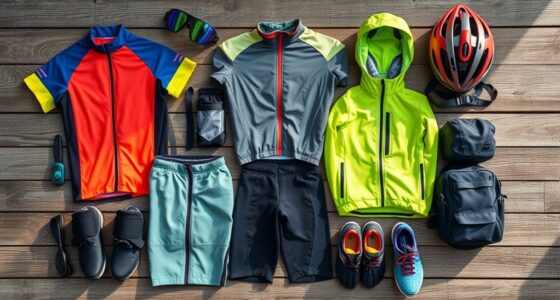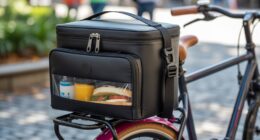As the sun sets and darkness envelops the streets, navigating on two wheels requires vigilance. Picture this: a solitary rider pedaling through the night, their only companions the shadows cast by passing cars.
How can we ensure their safety in the obsidian cloak of night? Let's shed light on the top three tips for a secure journey under the stars, beginning with the crucial element of proper lighting.
Key Takeaways
- Use high-quality front and rear lights for visibility.
- Wear reflective gear and clothing for enhanced safety.
- Stay alert and cautious of potential hazards.
- Invest in safety equipment like bike trackers and smart helmets.
Importance of Proper Lighting
When cycling at night, ensuring proper lighting on your bicycle is essential for enhancing visibility and safety on the road. High-quality bike lights, both front and rear, play a crucial role in making you visible to other road users and illuminating the path ahead. Front lights not only help you see obstacles in your way but also alert drivers and pedestrians of your presence. Rear lights are equally important as they signal your position to vehicles approaching from behind, reducing the risk of accidents.
Investing in reliable bike lights ensures that you have a clear view of the road, even in the darkest conditions. Opt for lights with different brightness settings to adapt to varying environments and conserve battery life. Regularly check and charge your lights to avoid unexpected outages during your ride. Prioritizing visibility through quality illumination not only safeguards your own well-being but also contributes to the overall safety of nighttime cycling for everyone on the road.
Enhancing Visibility With Reflectors

To maximize visibility and safety during night riding, incorporating reflectors strategically on your bicycle and gear is crucial. Utilizing reflective tape on wheels enhances visibility from the sides, while reflective clothing with 360-degree reflectivity maximizes visibility from all angles.
Adding ankle bands with reflective material catches motorists' attention, ensuring they notice your presence on the road. Additionally, attaching reflectors to your handlebars and seat posts not only enhances your bike's visibility but also helps drivers gauge your position accurately.
These reflective elements work together to make you more visible to others on the road, reducing the risk of accidents and ensuring a safer night riding experience. Remember, enhancing visibility through the use of reflectors is a proactive way to take control of your safety while enjoying the freedom of cycling at night.
Staying Alert and Cautious

Remaining vigilant and alert while cycling at night is paramount for ensuring a safe and enjoyable riding experience. When riding your bike in low-light conditions, it's crucial to stay focused and scan your surroundings for any potential hazards on the road. Be cautious of sudden obstacles such as potholes, debris, or even animals that may cross your path.
To enhance your visibility to others, equip your bike with front and rear lights, wear reflective clothing, and don a brightly colored helmet. Maintaining a safe distance from vehicles and other cyclists can help prevent collisions, while using hand signals and effectively communicating your intentions can improve overall road safety.
Remember to ride defensively, anticipating drivers' actions to react promptly and avoid accidents. By staying alert and cautious, you can confidently navigate the roads at night and enjoy your biking experience to the fullest.
Frequently Asked Questions
How to Ride a Bike Safely at Night?
At night, we ensure safety on our bikes by using powerful lights, positioning assertively for visibility, and wearing reflective gear. These practices help us see and be seen, making our nighttime rides safer and more enjoyable.
What Are Three Things You Can Do to Ride a Bike Safely?
To ride a bike safely, we prioritize visibility. Lights, reflective gear, bright colors, and clear communication are key. Avoid dimly lit areas, maintain your bike, and ride defensively. Safety comes first, so be proactive and cautious.
What Are 4 Bicycle Safety Tips?
We prioritize safety while riding at night. Remember to always have front and rear lights, position them correctly, carry backups, and regularly maintain them. It's crucial for a smooth and secure ride.
What Should You Always Have With You When Riding a Bicycle at Night?
When riding a bicycle at night, it's crucial to always have a bright front light for visibility, a reliable rear light for safety, and backups or spare batteries in case of emergencies. Stay safe and visible!
Conclusion
So there you have it, folks!
Remember, when riding your bicycle at night, it's crucial to blind oncoming traffic with your ultra-bright lights, wear all black clothing to blend in with the shadows, and ignore all traffic laws because they don't apply to you.
Stay safe out there, and happy cycling!

